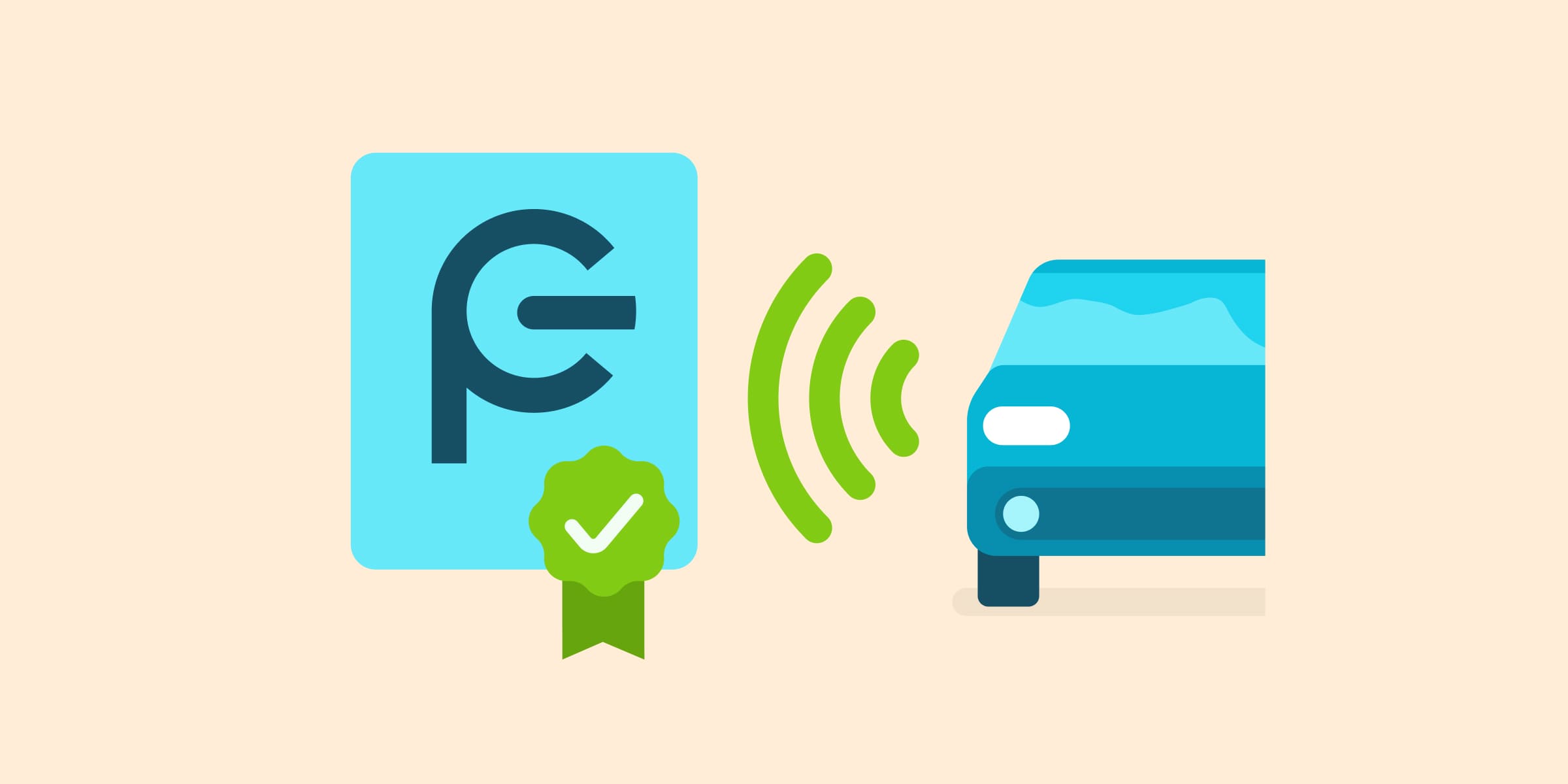What is Plug and Charge?
17 July 2025 - 3 minutes to read
It’s the promise of a seamless charging experience: just plug in, and your EV starts charging – no badge, no app.
Authentication happens automatically between your vehicle and a compatible charging station. In this article, we explain how Plug and Charge works, which EVs and chargers are compatible, and the key challenges ahead.
Key takeaways:
- Plug and Charge allows EV drivers to charge without a badge or app, thanks to the ISO 15118 standard.
- This technology offers several benefits including simplicity, time savings, enhanced security, and automated payment.
- Its deployment is gradually expanding across both vehicles and charging stations.
Plug and Charge: definition and how it works
Plug and Charge is a technology that simplifies EV charging: you plug in, and charging starts – no badge, no app. Everything is based on a direct, secure communication between the vehicle and the charging station.
This automation is made possible by the ISO 15118 standard. It allows your EV to automatically send its identification data to the charger as soon as it’s plugged in. The station then verifies your identity, authorises the charging session, and triggers payment via your charging contract (like your Chargemap account, for example).
This standard establishes a secure “common language” between the car and the charger – from authentication to charging session and billing. Everything happens without any manual input. The result? A faster, smoother experience, with no room for error.
What about Autocharge?
You may have heard of Autocharge – a similar concept that also allows you to charge without a badge, but using a different technology. In this case, the vehicle is identified via the MAC address of the charging connector.
Good to know: only fast DC charging stations can offer Autocharge.
However, not all EVs have a unique MAC address, which makes identification impossible. Some manufacturers use shared MAC addresses, while others change the MAC address with every session.
What are the benefits of Plug and Charge?
The main advantage of Plug and Charge is its simplicity. By removing the need for RFID cards, mobile apps or QR codes, the charging process becomes much more intuitive.
Here are the key benefits:
- Time-saving – the session starts automatically, with no extra steps.
- Convenience – no need to search for your badge or switch between multiple apps.
- Enhanced security – communication between the EV and the charger is encrypted, reducing the risk of fraud.
- Integrated payment – charging is automatically linked to your account (e.g. via the Chargemap Pass), helping to avoid billing errors or missed payments.
Which vehicles and charge points are compatible?
To use Plug and Charge, two conditions must be met: your EV must support the technology, and the charging station must comply with the ISO 15118 standard.
Not all electric vehicles are compatible just yet, but the technology is gradually being rolled out. Brands like Porsche, Audi, Mercedes, BMW, Ford, Volkswagen and Skoda are progressively integrating this feature into their models.
Challenges and future of Plug and Charge implementation
While Plug and Charge promises a simplified charging experience, large-scale deployment remains a challenge. Not all vehicles are compatible yet, and on the charging side, the technology requires specific equipment and coordination between car manufacturers, charging operators and service providers.
There are also technical challenges related to the ISO 15118 standard – such as software updates, data security and interoperability. All these elements need to be aligned to deliver a truly seamless experience.
That said, progress is being made. Both manufacturers and charging networks are ramping up their efforts, and in the coming years, Plug and Charge could well become the standard for EV drivers everywhere.
At Chargemap, it’s just around the corner…
Plug and Charge is also progressing at Chargemap. Several CPO (Charge Point Operators) partners are gradually integrating this technology into their charging stations. This will soon allow Chargemap Pass users to enjoy an even smoother charging experience – no app or charging card required.
Among the first operators involved will be are IONITY, Allego and BP Pulse.
Conclusion
Plug and Charge marks a major step forward in simplifying EV charging. Thanks to automatic authentication, it offers greater convenience, speed and security. While its rollout is still ongoing, Plug and Charge clearly represents the future of electric mobility.

